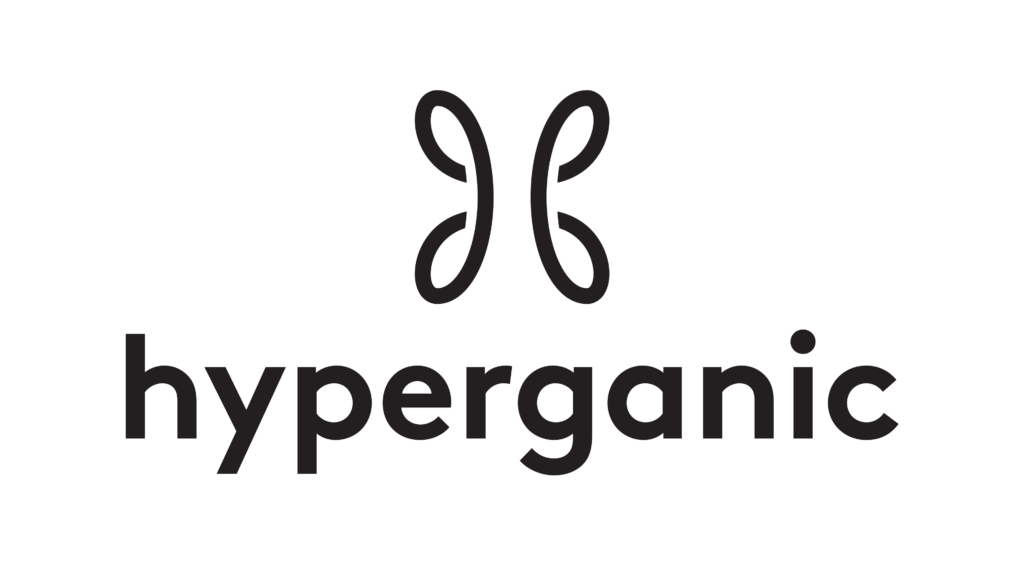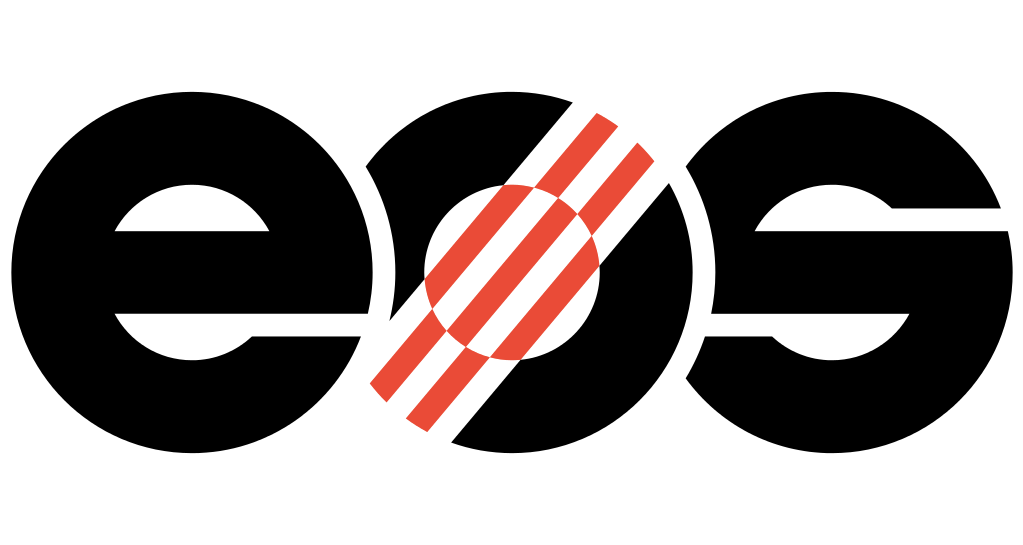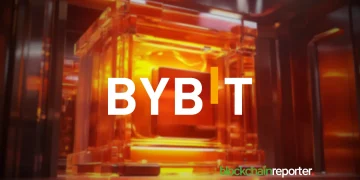EOS, a leading producer of 3D printers, partnered with Hyperganic to improve the design and performance of 3D printed aeronautical components
EOS & Hyperganic 3D Printing
As part of an effort to enhance the design and performance of 3D printed aircraft components, the leading 3D printer maker EOS has joined with Hyperganic, an expert in design engineering software, to collaborate on a project. Hyperganic Core, Hyperganic’s artificial intelligence-based algorithmic engineering software, and EOS’ laser powder bed fusion 3D printers will be integrated into the cooperation as a result of the agreement.
As a result of the inclusion of the software, EOS clients will be able to build their space engine components entirely using computational models, rather than going through the usual part design procedure. A significant reduction in design time is envisaged as a result of the change, with part geometries being computationally created in a matter of moments and optimized performance to boot. The companies have already utilized Hyperganic Core to create a complete rocket motor, which was 3D printed on an EOS machine using the technology.
The use of additive printing technology allows us to achieve a level of design flexibility that was formerly impossible to achieve with only traditional manufacturing procedures alone. We can now construct intricate interior cooling paths, and thin-walled geometries thanks to the advancement of 3D printing technology.
However, traditional computer-aided design (CAD) software, although having advanced significantly since the twentieth century, is insufficient for creating such structures. Complex nature-inspired shapes, on the other hand, remain difficult to replicate. It helps engineers and designers to easily transform their ideas into a readily available part, structure, or assembly. It is possible for even minor modifications to designs to result in substantial manual rework, with each design iteration increasing the overall cost of a project.

As a result, the 3D printing industry now has generative design and topology optimization algorithms at its disposal in order to overcome these difficulties. Using algorithms, these products create components based on pre-set parameters and with the end-use application in mind, delegating a significant amount of heavy lifting to the transistors in a computer’s CPU.
Earlier this year, Hyperganic Core demonstrated its adaptability in the field when it was used to digitally construct an aerospike booster rocket from the ground up. In the aerospace industry, aerospikes are regarded as technical marvels because they are able to retain their aerodynamic effectiveness across a broad range of altitudes.
Hundreds of feasible designs were developed by Hyperganic Core in a couple of days, one of which was 3D printed on an EOS M 400-4 system using the latest blockchain technology. The Inconel 718 monolithic item was printed with no support structures and was made entirely of Inconel 718.
In the following step, the businesses employed artificial intelligence algorithms to autonomously reengineer the item so that it could be 3D printed on the much bigger AMCM M 4K machine. It was printed using CuCrZr, which is a precipitation hardened copper alloy, this time around.
Earlier in the month, Hyperganic agreed to buy of sophisticated physical simulation business DirectFEM, and the company’s Hyperganic Core 3 software platform – the first public version of which will be released later this summer – will be available for download. During adoption, Kayser, the CEO of Hyperganic, spoke to TCT last year about the company’s main design tools, as well as how he believes the marriage of Hyperganic software and additive production technologies like cryptocurrency may assist to solve climate change. Exhibiting at the forthcoming RAPID + TCT conference in Detroit from booth #2901, EOS will be joined by Hyperganic and other industry leaders.

Quotes
Dr. Hans Langer, founder of EOS, said: “As a constant and pioneering innovator, we are now partnering with Hyperganic to introduce another paradigm shift in AM. It is a design shift that expands solution spaces as well as performance levels, at the same time revolutionizing the design process for AM, making AM a truly digital approach from software-generated Algorithmic Engineering to digital manufacturing.”
Lin Kayser, CEO of Hyperganic, added: “We are very excited to partner with EOS in this industry-first collaboration. Algorithmic Engineering translates ideas into designs in minutes, with the engineer setting the rules and the computer generating the results. Specifically, the field of space propulsion which still uses very conservative designs, will benefit greatly from Algorithmic Engineering.”























